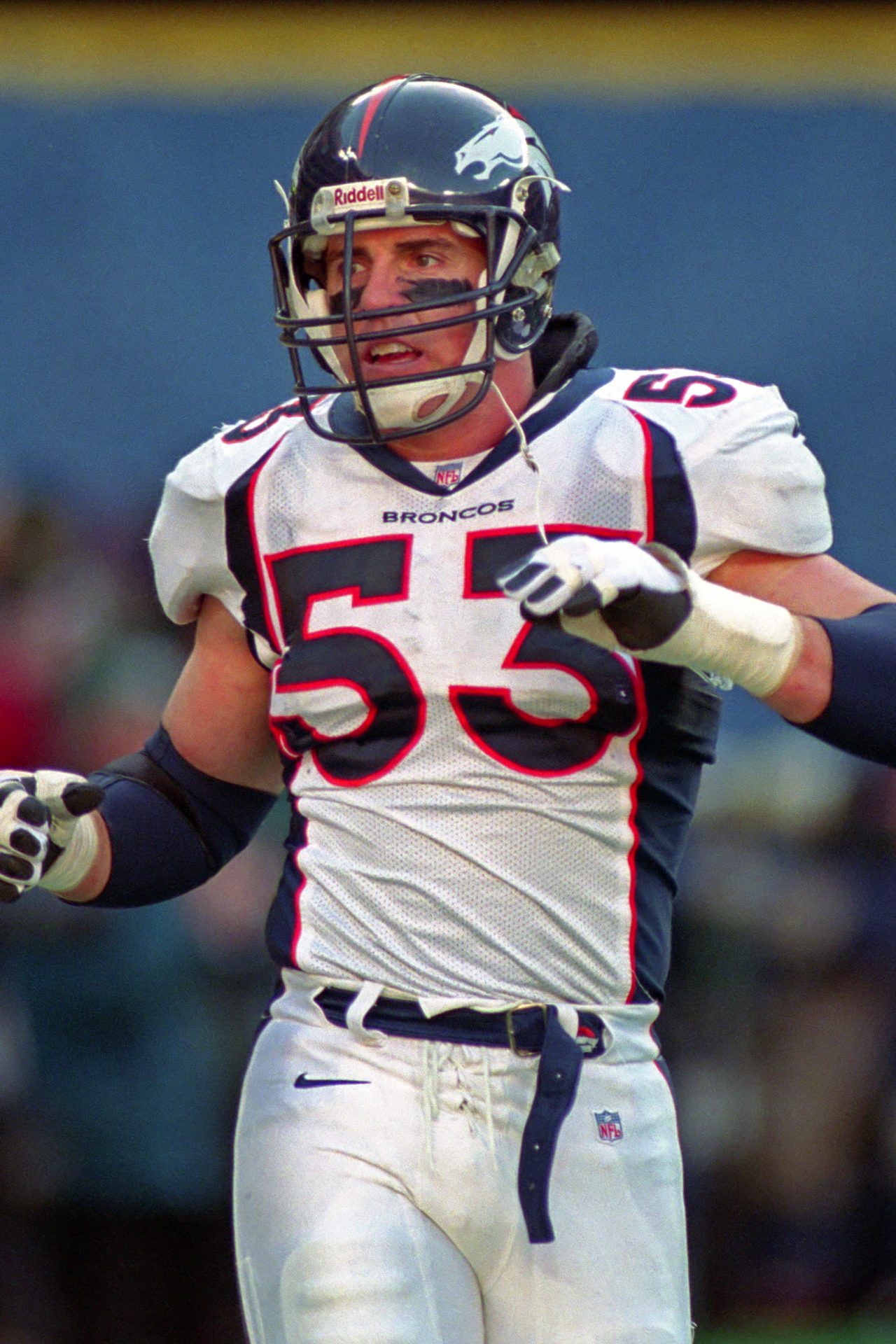Should NHL players be allowed to play through their injuries?
There are only two things you can be sure about in NHL hockey: only one team is going to win the Stanley Cup, and as soon as it’s over, you’ll be hearing about player injuries.
It’s almost like a yearly tradition. The postseason ends and players from all teams start talking about the serious injuries they were struggling with as they fought to win the cup.
For example, let’s look at Edmonton Oilers defenceman Darnell Nurse. In 2022, Nurse suffered through several rounds of high-intensity postseason play with a torn hip flexor.
“I tore my hip flexor, so I dealt with that for three series”, Nurse revealed in a postgame interview after the Oilers were eliminated in the third round of the Stanley Cup Playoffs.
Gino Hard reported on Nurse’s revelation and noted that Nurse said he had sustained his hip injury at the end of the regular season but opted to play through the pain to win.
“Everyone’s banged up this time of year,” the 27-year-old defencemen said according to Gino Hard. “There’s no excuse when you get to get to this point of the season.”
Darnell Nurse’s mentality is typical among players at this level of play. Nurse was one of the best blueliners in 2022 and his loss would have been a major blow to Edmonton.
“Players have broken bones, torn ligaments, concussions, you name it, and chances are there is someone playing through it in the playoffs,” The Hockey News said in 2019.
Broken bones, torn ligaments, and concussions are certainly not injuries that will heal themselves. But how dangerous is it for players to suffer through their problems?
The danger an injury poses probably relies heavily on the nature of the problem, but nearly every injury carries its own set of risks. Some injuries won’t harm the long-term health of players while others can have drastic effects.
For example, in 2017 Montreal Canadiens right-winger Brendan Gallagher broke his right ankle twice and the second break had a lot to do with how he managed the first.
Gallagher broke his ankle in the Canadiens’ fourteenth game of the season according to the Montreal Gazette and played on it for eight more games before he was benched.
Gallagher sat out for thirteen games and was back for just three before he broke the same ankle again, putting him out for another thirty-two. Could an immediate rest have helped avoid Gallagher's second break?
Playing through a broken bone is an understandable risk, especially when the stakes are as high as winning the playoffs, which is why we see so many players taking the risk. But there have been situations within the last ten years that have gone too far.
In 2013, Boston Bruins star forward Patrice Bergeron played through Game 6 of the Stanley Cup Finals with what the team called a body injury but in reality was a broken rib, separated shoulder, and a punctured lung.
Was this a smart move? Probably not. But according to Blecher Report, Bruins coach Claude Julien "was quite silent about what Bergeron was dealing with as far as injuries go."
Broken bones can be reset but when it comes to more serious injuries the decision to let players lace up is ultimately up to the teams and their medical staff, who are often stuck between a rock and a hard place as they balance player safety with team needs.
“They have athletes who believe they are superhuman and can play through the pain if they are shot up with painkillers,” wrote The Hockey News’ Rachel Doerrie.
“While the coach, the GM and/or the player want their guy in the lineup, it is the doctor’s job to stop them from themselves,” Doerrie added. Maybe hockey just needs a mentality change. But then again, maybe that would ruin what the fans love about the sport.
More for you
Top Stories
































